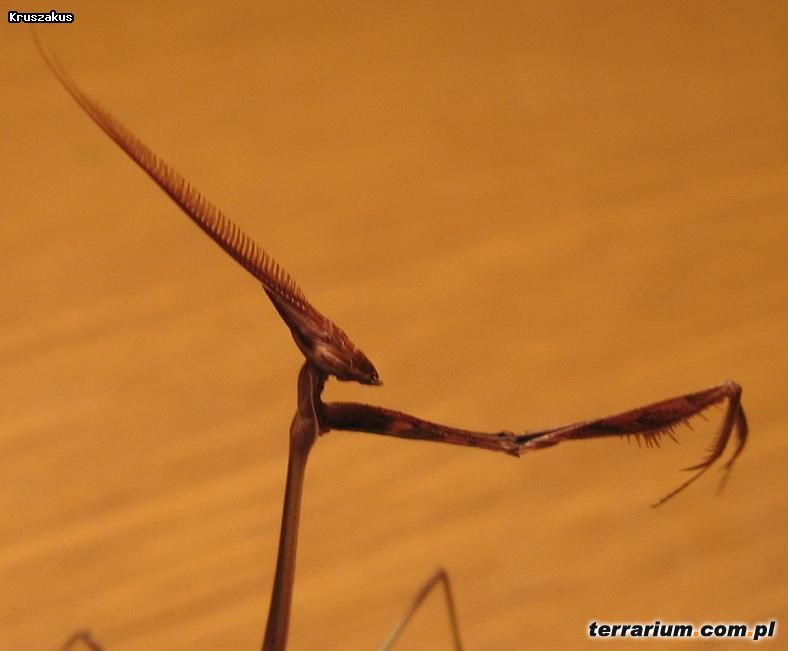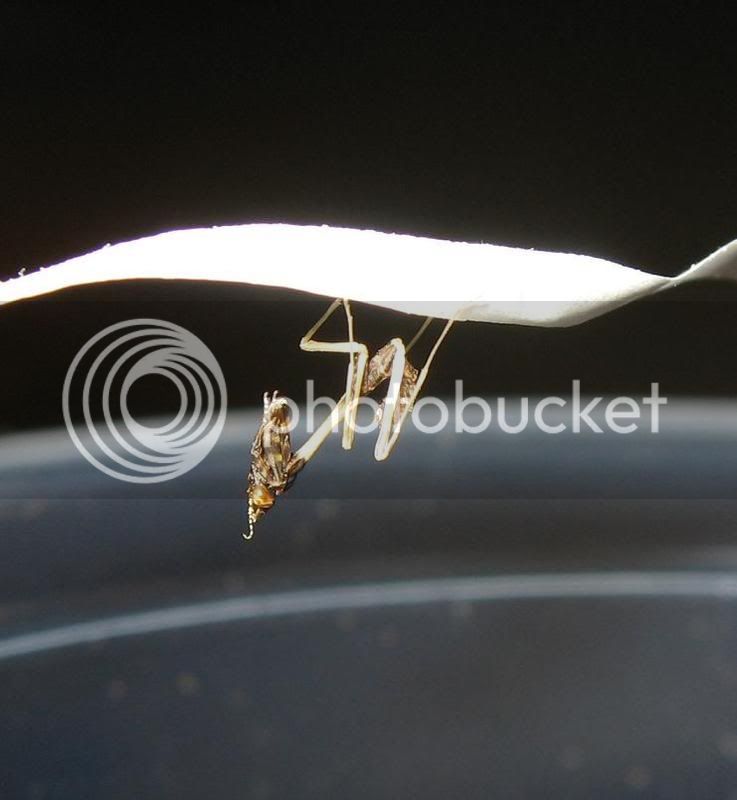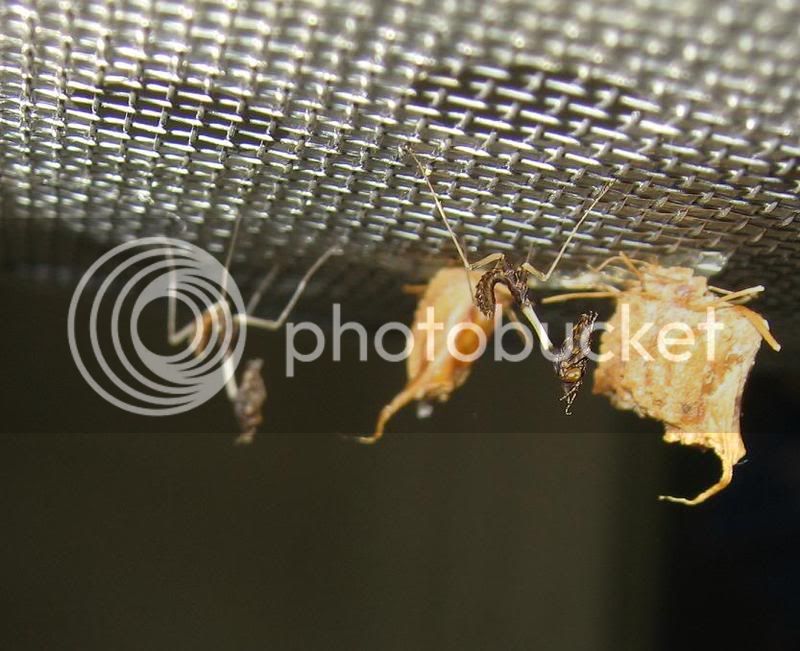Mantida
Well-known member
Yen, do you find the mantids on top of the light bulbs sometimes? The only downside to that I think would be if one stayed on a bulb too long and got burned or cooked.
I like your net cage and coco-fibre mat idea though... should try it out myself for my gongy.
I like your net cage and coco-fibre mat idea though... should try it out myself for my gongy.
Last edited by a moderator:






































